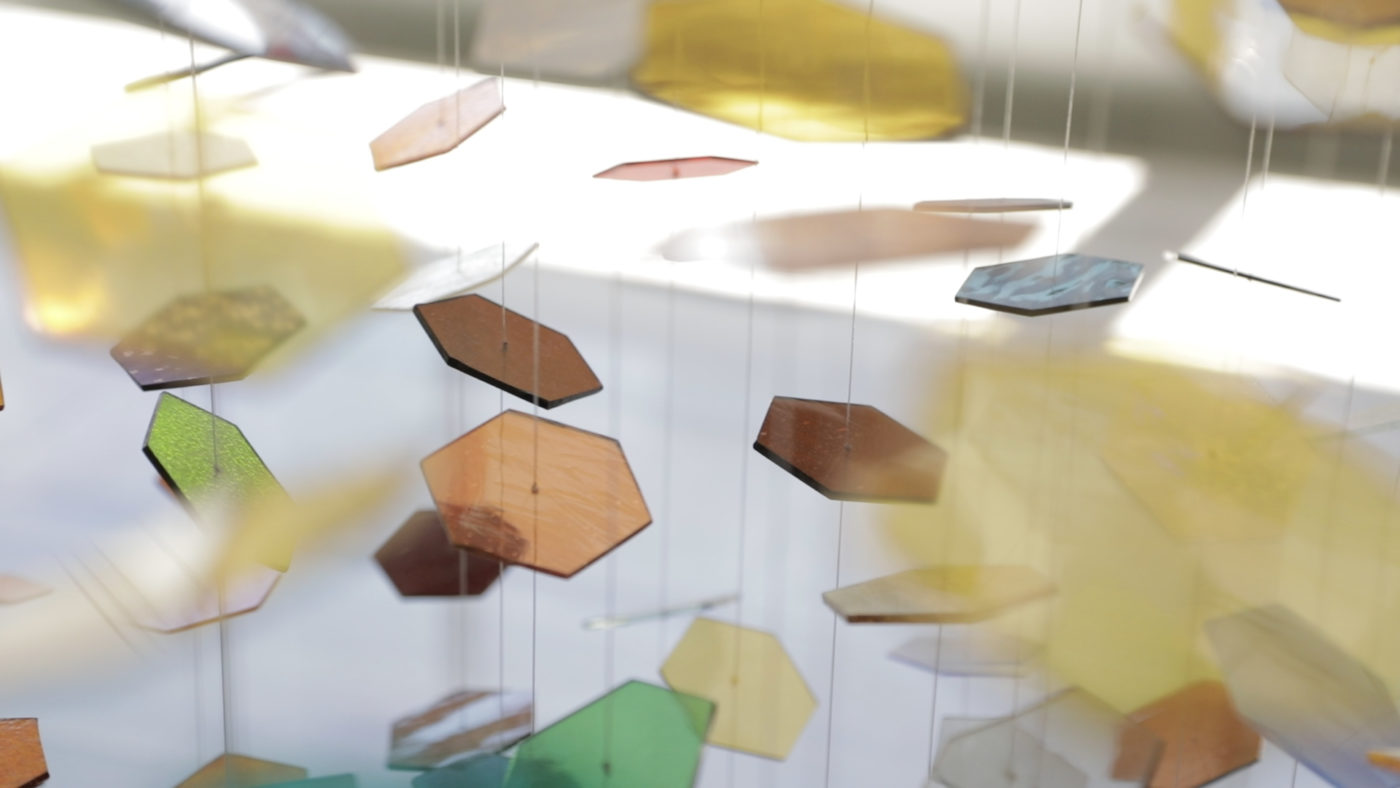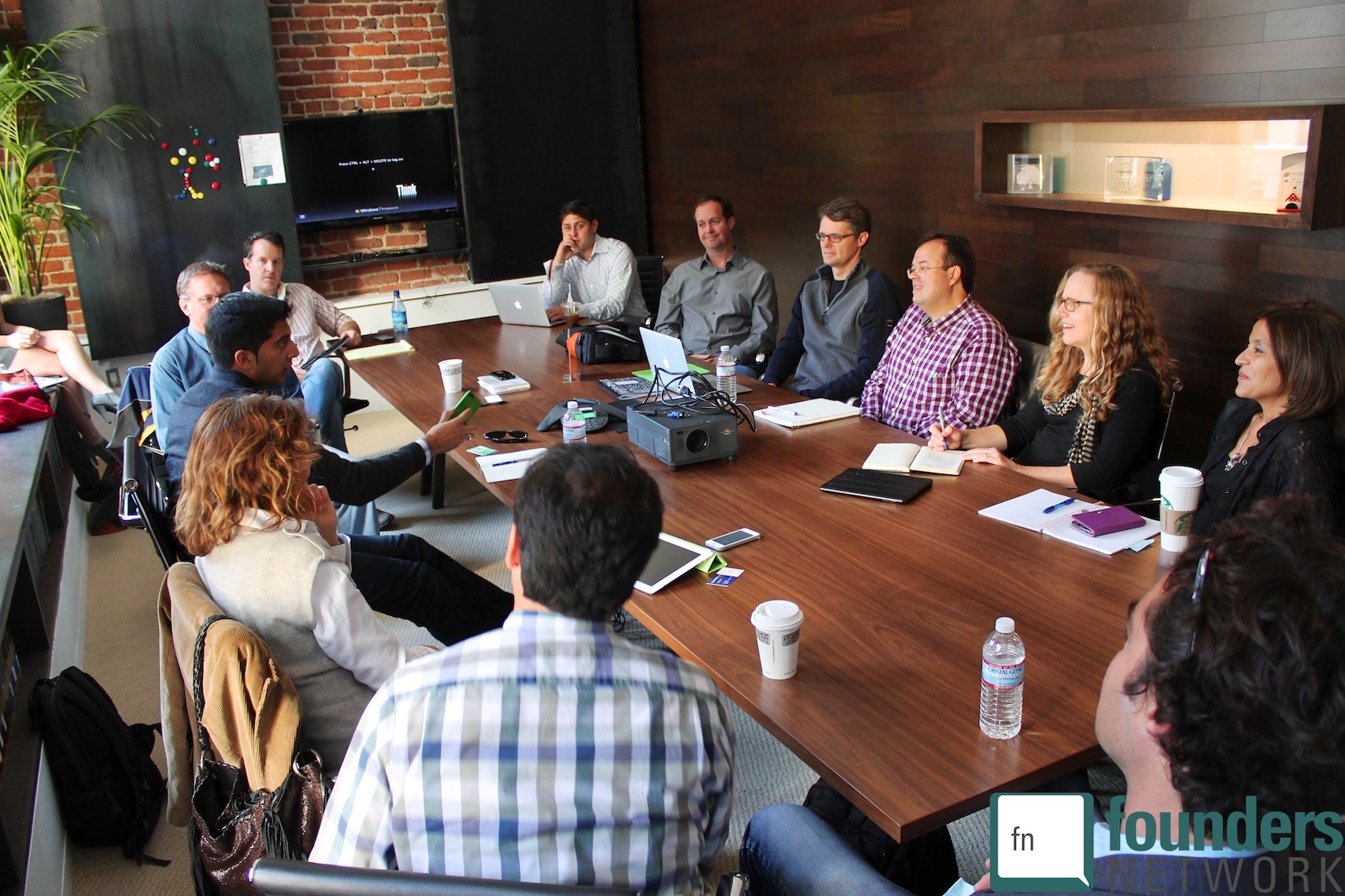
The following is a guest post from fnBlog Contributor Matt Faustman, Founder of UpCounsel. This post, originally posted on the UpCounsel Blog.
 Your business can benefit from strategic partnerships, especially when it’s still in the startup phase. However, if you don’t pick these partnerships carefully, you could end up doing more harm than good.
Your business can benefit from strategic partnerships, especially when it’s still in the startup phase. However, if you don’t pick these partnerships carefully, you could end up doing more harm than good.
Below, you’ll find four real-world examples of good ideas gone badly, due to poor partnership choices. These aren’t the sum total of the mistakes you could make when choosing a partner, but they are the biggest—and probably the easiest to avoid.
Read on to learn how billion-dollar enterprises like NASA and Quaker lost millions by poorly vetting potential business partners. Then, go out and make sure that your business doesn’t make it onto the next list!
Failing to Make Sure You’re On the Same Page
Whether you’re speaking in operational terms or discussing goal orientation, in order to have a successful business partnership, the parties must all be on the same page. Things have to coalesce well, because if they don’t, the differences could cause a host of small problems—a few of which could grow into company killers.
Here’s an example…
In 1999, NASA teamed up with the aeronautics experts at Lockheed Martin to build a $125 million orbiter that the space agency planned to circle around Mars to collect data in preparation for further expeditions.
What could go wrong with this partnership? On its surface, you’ve got two air and space pioneers with decades of experience in their industries, teaming up to boldly go where no man-made machine had ever gone before. Unfortunately, the plan unraveled because the engineers behind the design and operation of the orbiter were not thinking in alignment from the start.
You see, NASA uses the metric system (which some would call a more science-oriented system of measurement), while Lockheed Martin uses the somewhat antiquated English system. While this difference itself isn’t exactly a deal-breaker—one can convert from one system to the other and back again—it proved to be so in this case.
The use of two different measurement systems doomed the satellite because, as it turned out, the ground crews couldn’t correctly transmit navigational coordinates between labs in Colorado and California. The orbiter was lost because of this, and NASA was out $125 million. Oops!
While you may not be planning to launch anything into space, the lesson here is to be sure that your partner is always on the same page as you, even with the smallest details. You don’t want minor differences to turn into deal-breakers or company killers.
Buying In At the End
Buying a hot product can be a great way to build your company’s revenues, as well as its social standing. However, you should always thoroughly research the product and make accurate predictions for future sales, because sometimes, products are simply too trendy for their own good.
The following example illustrates just that…
In 1994, Quaker thought it would jump into the burgeoning alternative drinks market by snagging the popular brand Snapple. They spent $1.4 billion for the company, which boasted alternative and natural flavorings, along with the lovely and charismatic Snapple Lady.
Unfortunately, Quaker didn’t do its due diligence in the market research arena. Snapple was indeed popular—so much so that a host of imitators had already poised themselves for launch. When Pepsi and Coca-Cola began marketing their own Snapple-like products, supply and demand shifted and Quaker was left holding a brand that was hemorrhaging money. After just three years, Quaker sold Snapple for a $1.3 billion loss.
The lesson here is to make sure that the products or services that you buy are really worth what you pay, and that you’ll be able to continue making a profit on them after the sale.
Counting On a Gimmick
As with short-lived trends, you should never rely solely on gimmicks to build your brand—and you should definitely shy away from partnering with other companies that do. The Fashion Café restaurant is a prime example of this, though Planet Hollywood comes in as a close second.
The Fashion Café restaurant chain was the brainchild of a shortsighted entrepreneur who decided to cash in on the “supermodels and fashionistas” market in order to build a brand. With offerings like “The $20 Salad Extraordinaire,” created exclusively for Naomi Campbell, the company catered to a small niche market and struggled to earn a profit. The failing restaurant was overly franchised, and – one by one – the stakeholders began bailing out.
The company folded, its creator was sued for mismanagement, and everyone involved tried desperately to forget they were ever a part of the venture.
The lesson here is that you need to properly understand your market and vet your partners carefully. The relationship you’re building should be mutually beneficial, if not symbiotic—and it should definitely never be parasitic.
Investing in Poor Products
The Sharper Image was at the top of the retail market in the mid-1990s. Its products were seen on celebrities, in movies, and just about everywhere else. However, it was the company’s partnership with straight-to-infomercial product Ionic Breeze that doomed it to failure.
After joining forces, the company found out that Ionic Breeze not only didn’t purify the air, as the fast-talking media men claimed – but that it actually polluted the air. Many costly lawsuits followed, which sucked the Sharper Image dry. The company went out of business in 2008, forever relegated to the dark corners of business nostalgia.
Clearly, your products and services should be of the highest quality. If any partnership you’re considering would lower that standard at all, it’s best to walk away.
The Other Side of the Coin
The purpose of this article isn’t to scare you away from partnerships—they really can be tremendous in their potential. For contrast, look at one American icon that, for better or worse, has become a household name across the world…
In 1948, business partners Maurice and Richard McDonald decided to revamp their chain of barbeque restaurants by going into business with a paper cup salesman named Ray Kroc. Kroc offered the McDonald brothers a sizeable chunk of change for the franchise rights to their restaurant, and what started as a pipe dream turned into the international powerhouse under the Golden Arches. McDonald’s restaurants blossomed everywhere, with a total of 31,000 locations raking in $22.7 billion per year.
You may not have found the next McDonald’s, but if you’re looking to build your business, a solid partnership is a great place to start. Just be sure that you don’t compromise your original goals to do so and that any relationships you create represent a two-way street that proves mutually beneficial to both partners.
Want to learn more about UpCounsel? Check out UpCounsel’s website or connect with them on Twitter @UpCounsel





